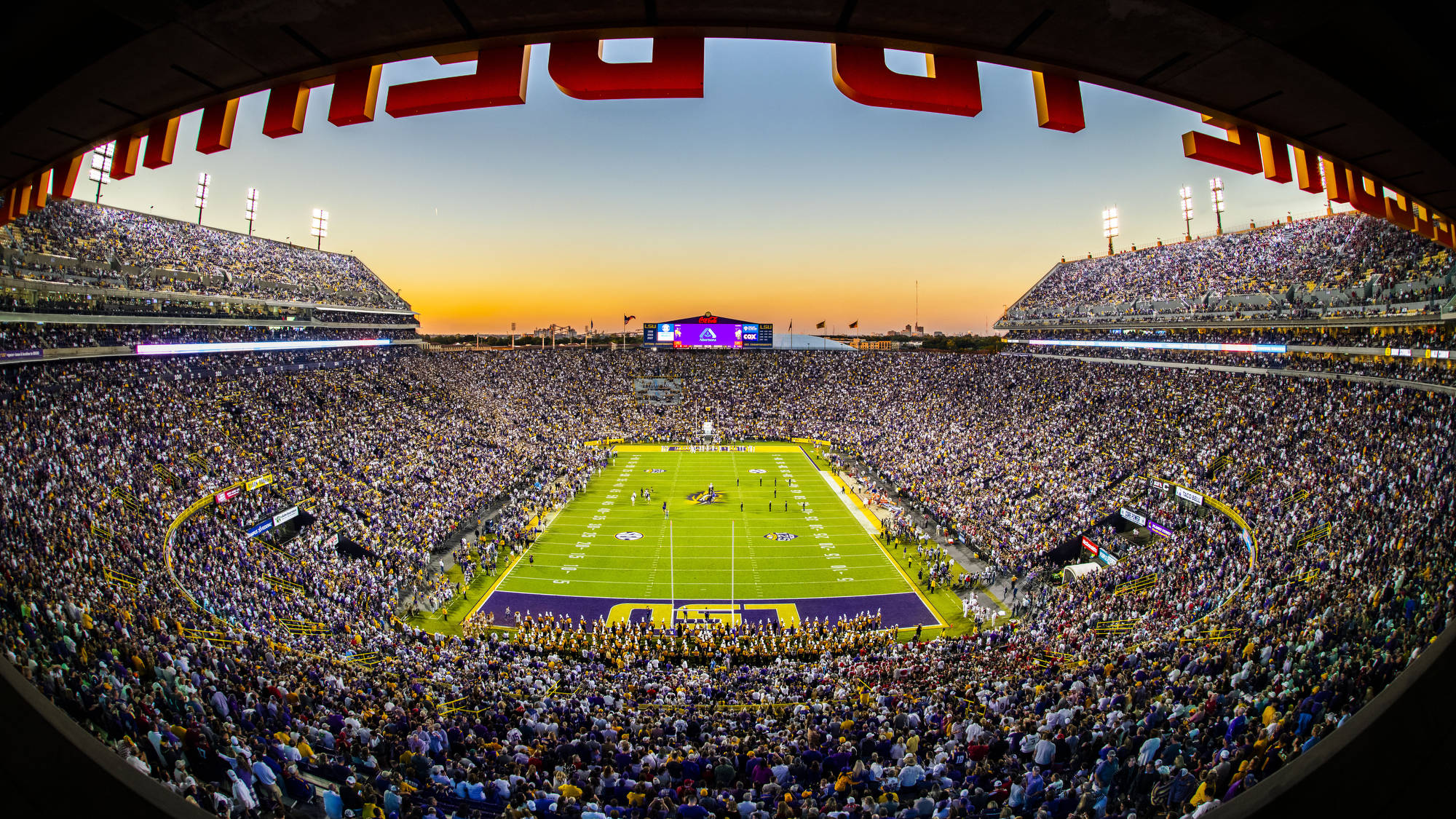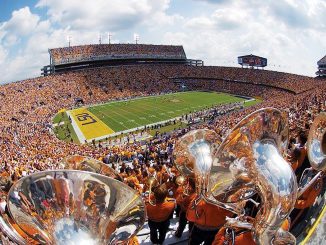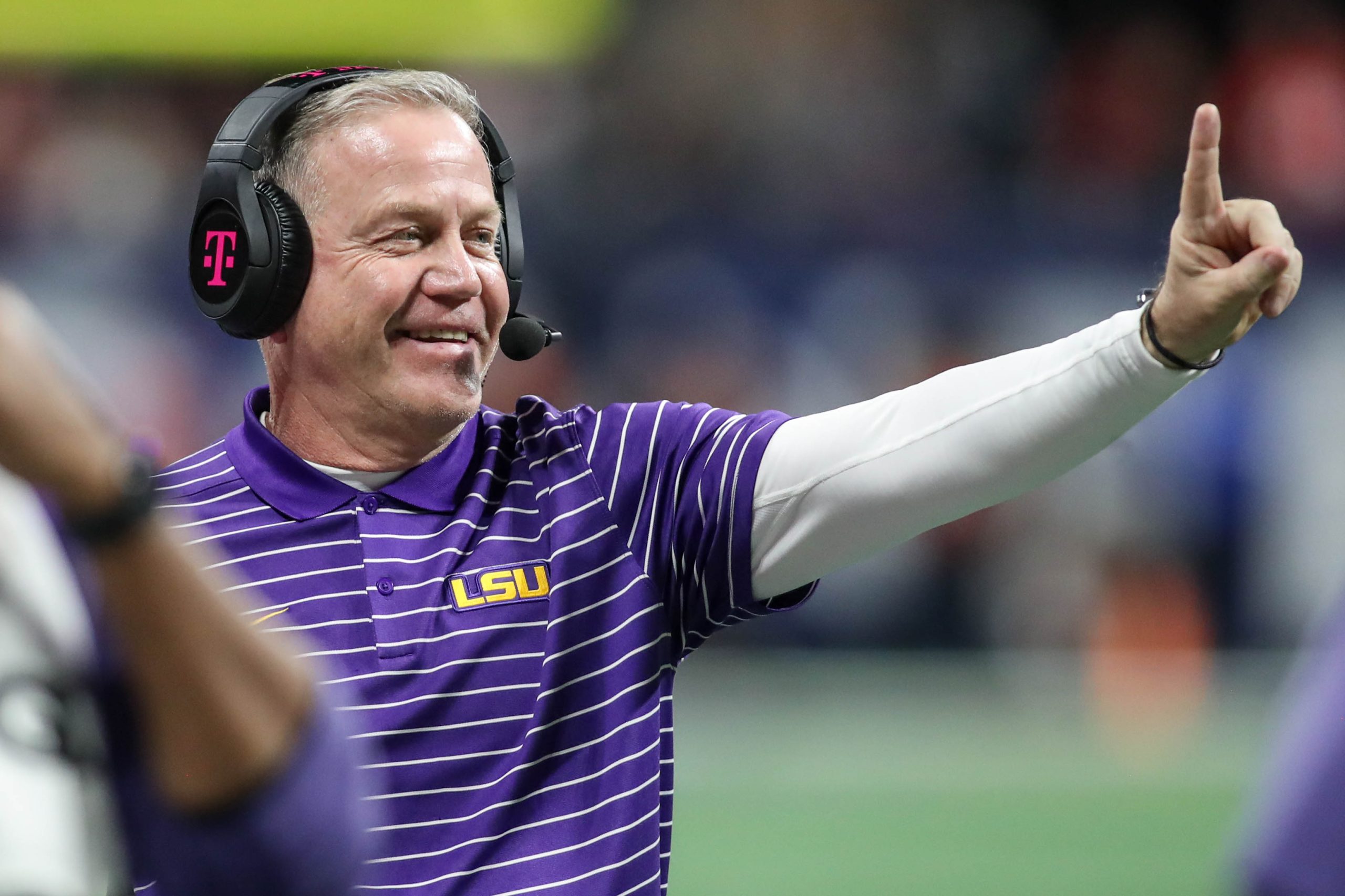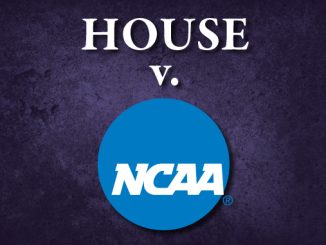
The NCAA Division I Board of Directors approved a series of rule changes on Monday, contingent on the final approval of a settlement in federal court, according to an announcement on ncaa.org.
These changes will eliminate over 150 existing rules, giving schools the freedom to offer additional benefits to student-athletes. One major change is the allowance for direct financial payments to athletes, including compensation for the use of their name, image, and likeness (NIL). Schools have until June 15 to decide whether to offer these benefits for the upcoming academic year.
The board’s decisions also include several proposals that depend on the settlement’s court approval. These proposals include:
- Allowing schools to offer full scholarships to every athlete on their roster, eliminating sport-specific scholarship limits. This could increase flexibility in athletic funding and potentially double the number of scholarships available to women athletes.
- Permitting autonomy conference schools and others that choose to provide settlement-related benefits to offer up to $20.5 million in direct financial benefits to athletes.
- Establishing clear rules for the use of name, image, and likeness (NIL) at all Division I institutions, including provisions for independent reviews of third-party NIL agreements tied to a specific school.
Additionally, the board approved new policies that align with the settlement terms. These policies include:
- Creating technology platforms to track school payments to athletes and allow athletes to report third-party NIL agreements.
- Providing guidance to athletes on what to do if an NIL agreement exceeds the compensation range set by an independent clearinghouse.
- Forming an enforcement group, managed by the defendant conferences, to ensure compliance with settlement-related rules, including third-party NIL and annual benefits caps.
To be eligible for the new benefits, student-athletes must be enrolled full-time, meet Division I progress-toward-degree requirements, and receive these benefits within their five-year eligibility period.




Be the first to comment